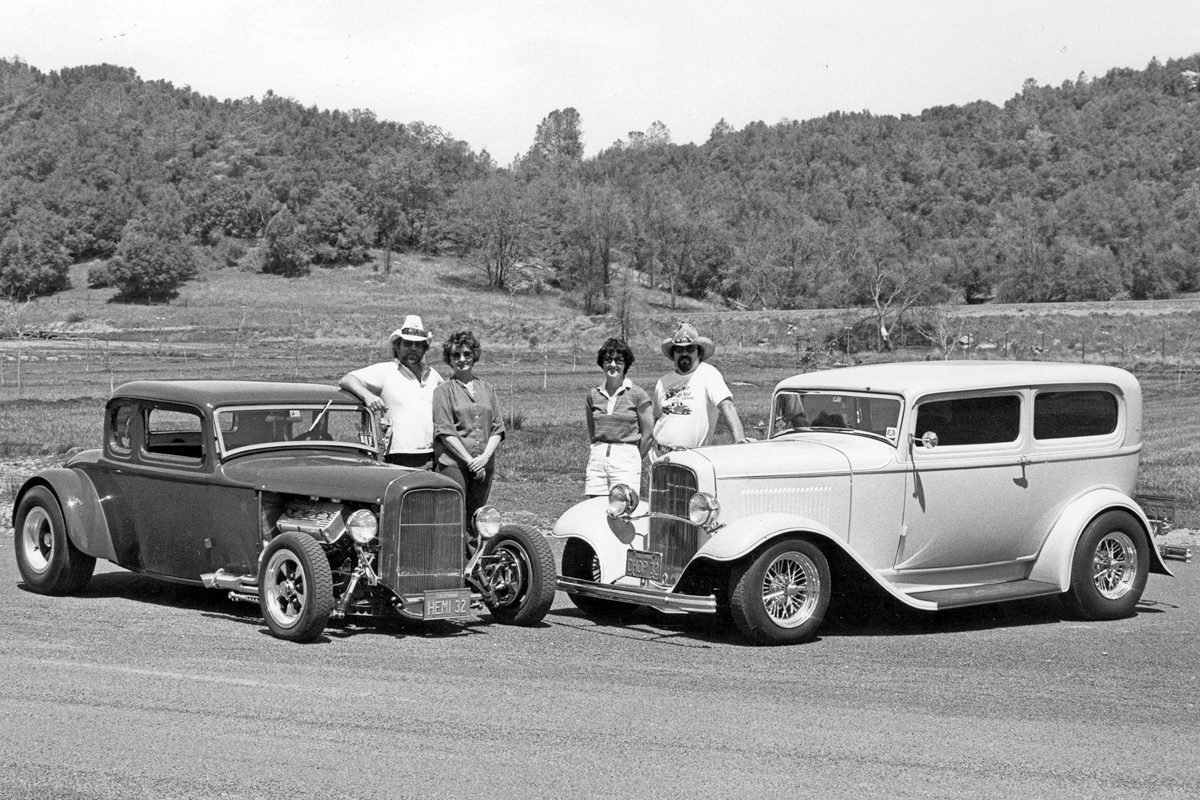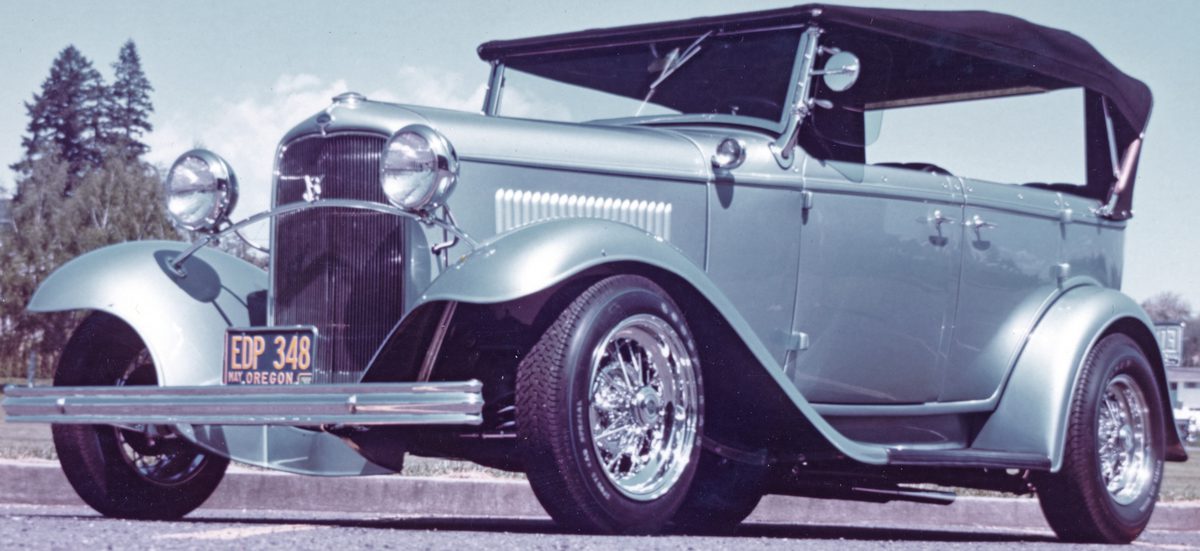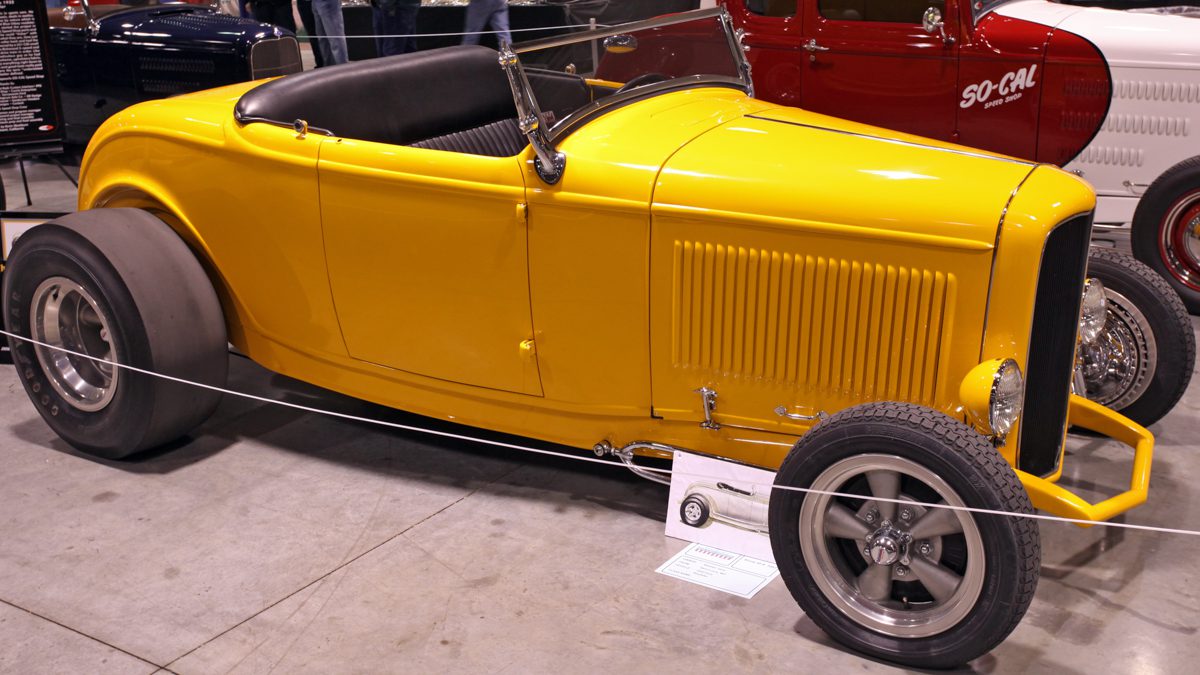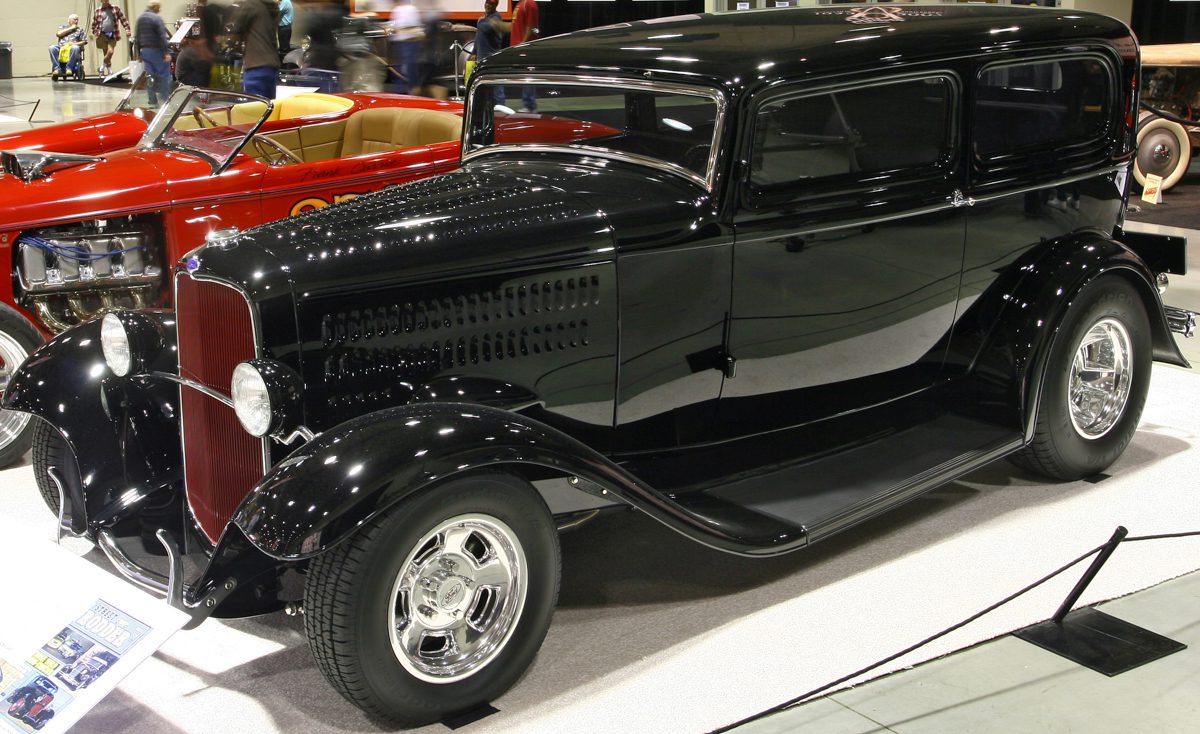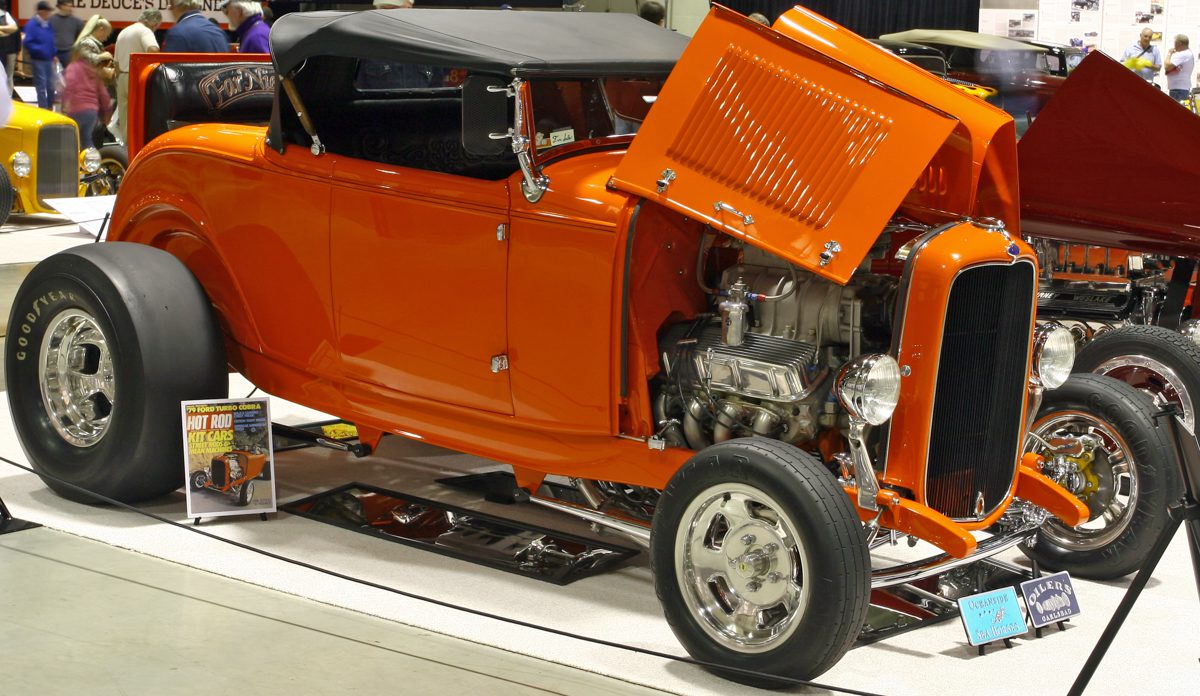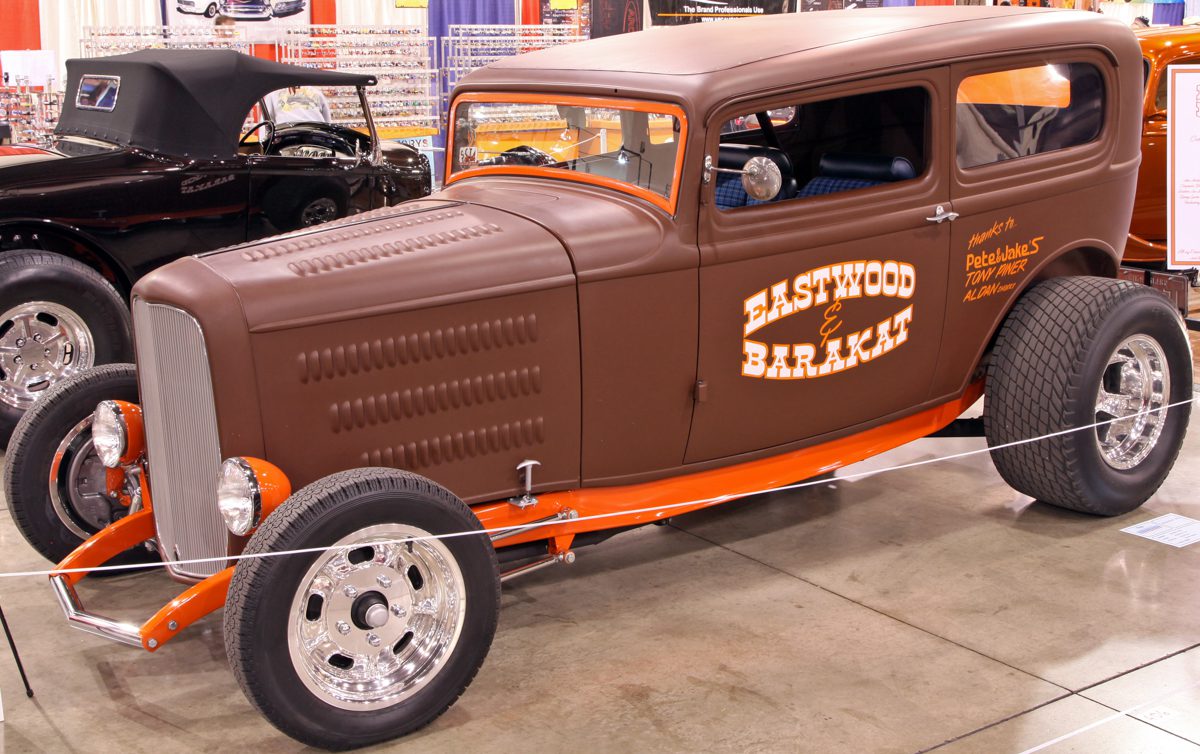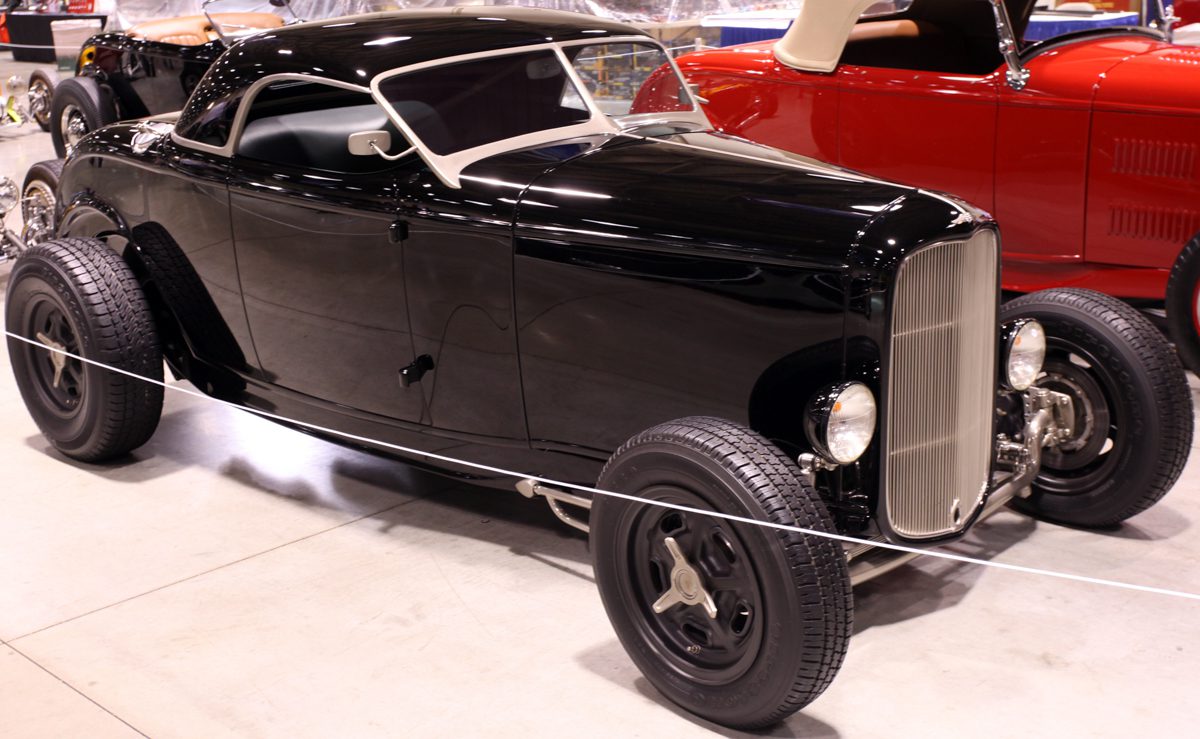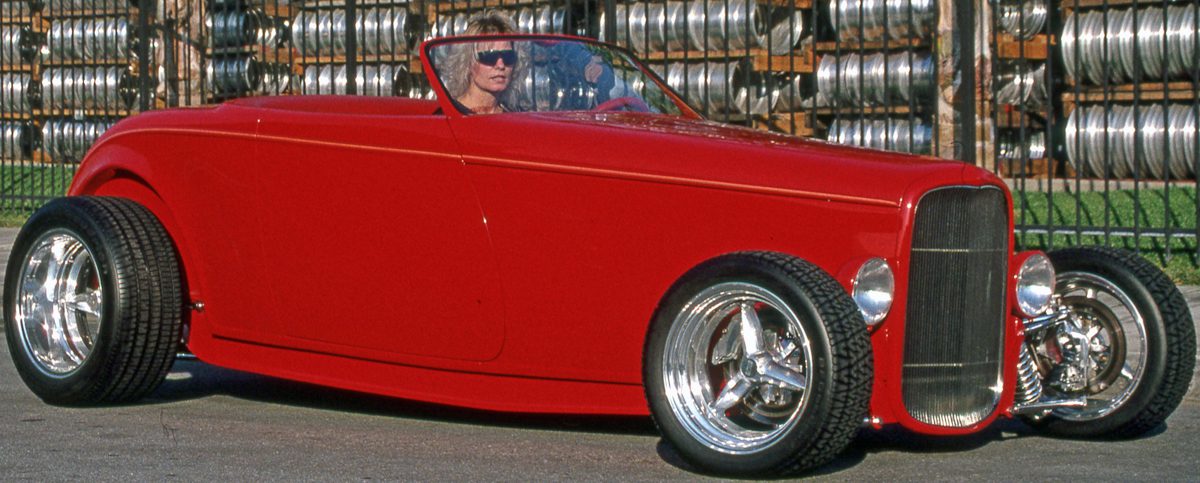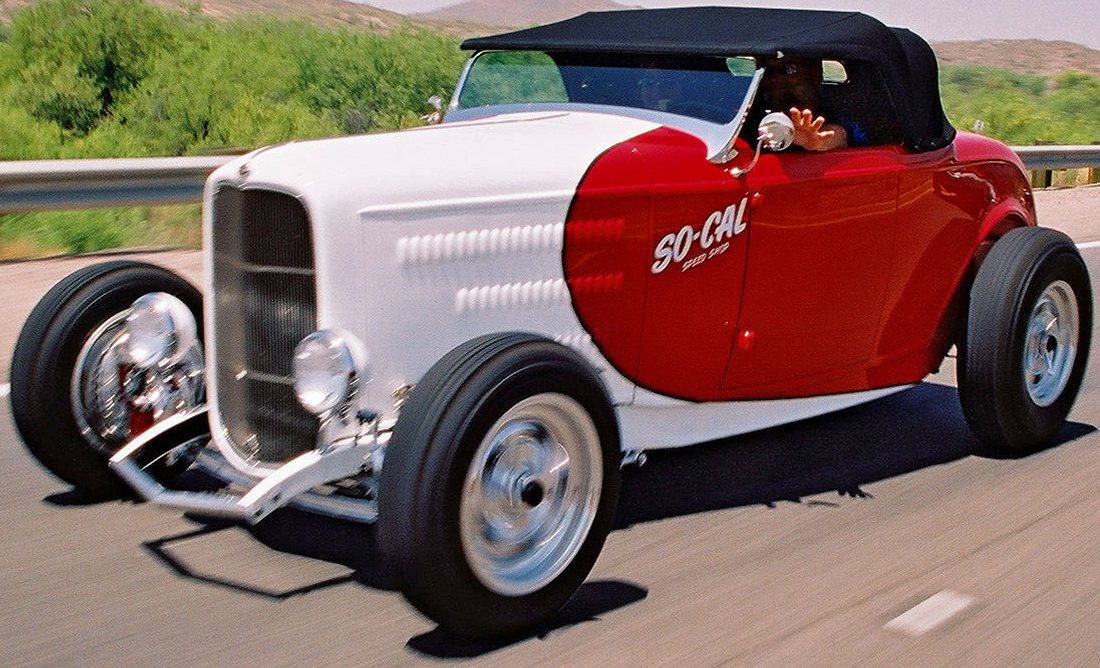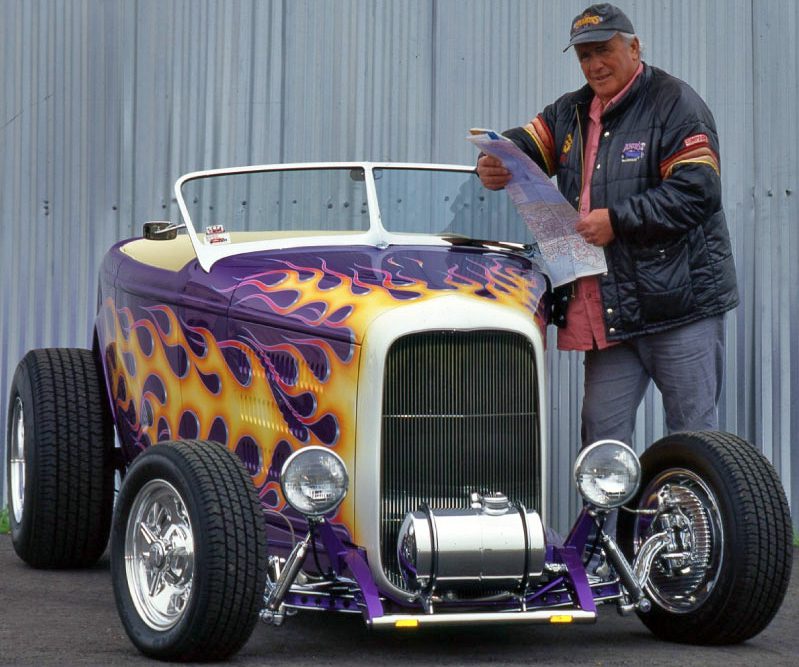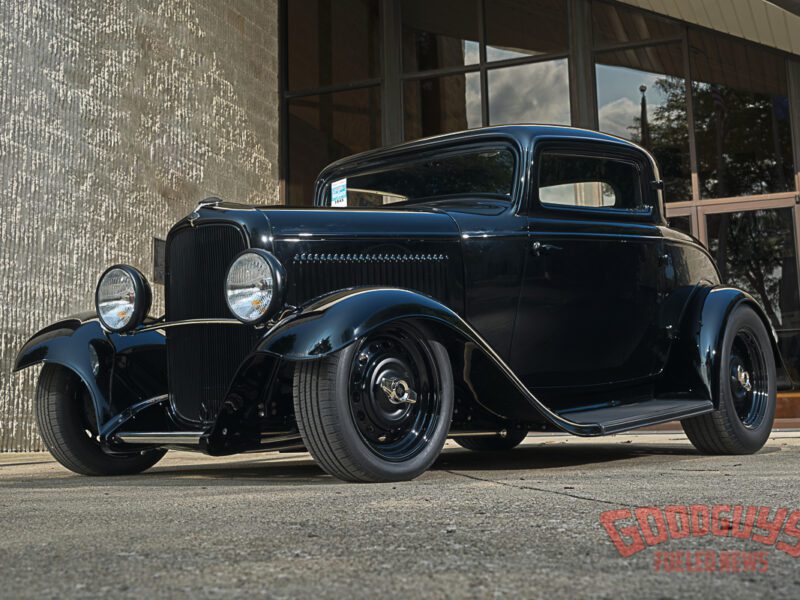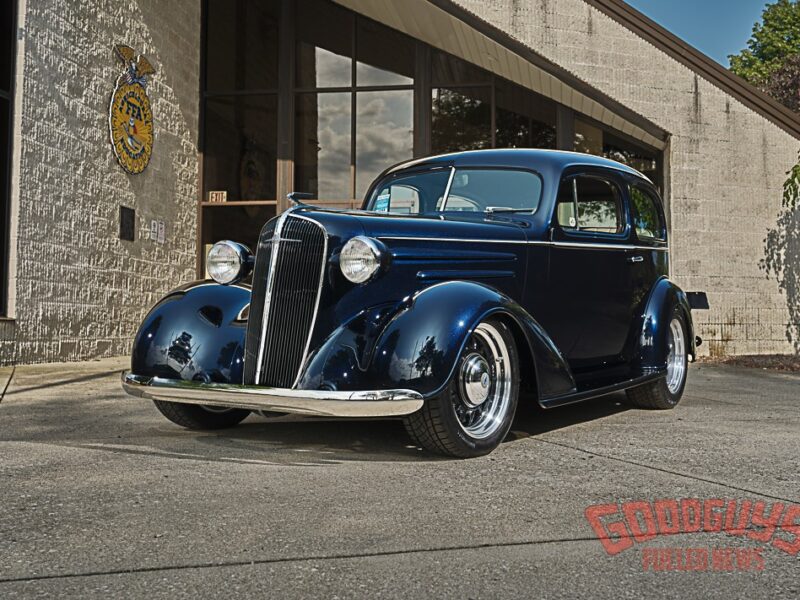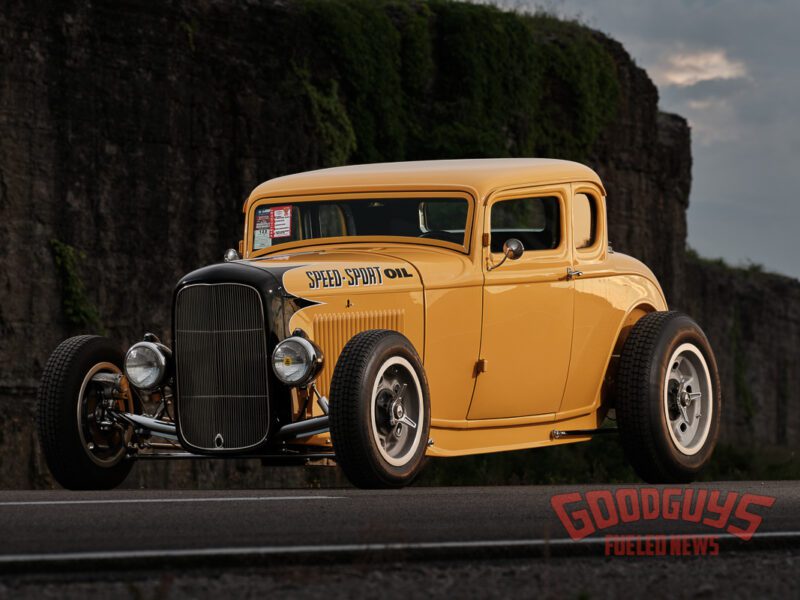Encore Icons – Noteworthy Deuces From the Street Rod Era
When celebrating the hot rod history of the 1932 Ford, it’s easy to focus solely on the original benchmark cars – icons from the 1940s, ’50s and ’60s like the Doane Spencer or Bob McKee roadsters, or the Doyle Gammel coupe. Those cars deserve all the recognition they receive, but one of the amazing things about the Deuce is how much influence it continued to wield beyond the original hot rod era.
The hot rod as we know it faded from prominence as production-car performance increased through the 1960s. Then came the 1970s. Faced with increasingly more expensive claims, insurance companies began jacking up insurance rates on performance-oriented cars. Then the EPA began imposing emission controls, which hampered new-car performance. The gas crises all but gutted what remained of the thirsty, performance-car market.
Suddenly those early cars, unburdened by high insurance or government regulation, became much more appealing. A whole new generation of enthusiasts who as kids pined for the hot rod that lived down the street could justify the investment as adults. And a whole new movement grew up around them – enthusiasts, eager to exchange ideas with other like-minded owners, justified driving across the country to meet at national events. And the Deuce, with its curvy, strong frame, smallish package size, family-friendly interior capacity, and willingness to accept later-model drivetrains, found itself back in its element. The baby Lincoln from two generations earlier—the Goldilocks of prewar Fords—once again found itself in the spotlight.
What follows is an admittedly incomplete variety of 1932 Fords that either defined or influenced the street rod and hot-rod revival movements of the 1970s, ’80s and ’90s. Conspicuous in their absence are the pioneer cars – they correspond to another generation, and they enjoyed representation in other Deuce highlights we featured earlier this year. Rather, these are the cars that made the venerable Deuce once again the car to have for generations to come.
 Roger Simonatti Phaeton
Roger Simonatti Phaeton
Roger Simonatti showed the world how to design a proper resto rod in 1970. The chassis he built for it boasted independent suspension on both ends – the front, Corvair and the rear, Jaguar. A meticulous craftsman, he finished the rest of the car to a degree uncommon for the era. It featured True Spoke wheels that actually fit within the confines of the fenders and a small-block Ford V8. So nice was the car that publishers Bruce Miller and Bruce Craig adorned the first issue of their Street Rod magazine with it.
 Gary Kessler Roadster
Gary Kessler Roadster
Its history dates to the 1940s, but it was 1971 when Gary Kessler made waves with this roadster. Prior to consensus, much less an aftermarket to speak of, Kessler fabricated his own chassis with a tubular crossmember, ladder bars, and hairpins of his own design. Inspired by the Funny Car movement, he shod the rear American wheels with wrinkle-wall slicks, which were punished by a 350/Muncie combo. With its Buick drums, extensive chrome plating, and searing yellow finish, Barry Kessler’s car is every bit as contemporary now as it was then.
 Roy Fjastad Tudor
Roy Fjastad Tudor
Building a sedan in the ’70s usually meant blocky wide tires protruding from fenders, a quail or greyhound for a radiator cap, chunky metallic paint, and lots of engraving. So, when Roy Fjastad appeared with this hammered sedan, people took notice. He built the car with products he developed for his chassis business, Speed Products Engineering. Renamed Deuce Factory, that company pioneered many components common to today’s street rod aftermarket, including brand-new 1932 Ford frame rails. Two days after he finished it, Fjastad drove the sedan from California to the Street Rod Nationals in Tulsa, Oklahoma, a testament to his design capacity.
 Barry Lobeck Roadster
Barry Lobeck Roadster
When Barry Lobeck debuted his roadster in 1978, nothing quite looked like it. Lobeck took the existing hot rod profile to the extreme. Starting with a Pete Eastwood chassis, he simply planted the nose, ran the smallest tires he could up front, and the biggest tires he could out back, giving the car an almost cartoonish rake. Though he sold the car to Steve Coonan in 1980 and it evolved after Coonan sold it to collector Bob Bauder, who sold it to Bruce Meyer, Lobeck hardly changed, making that radical stance and tire combo a hallmark of his native Ohio.
 Phil Cool Roadster
Phil Cool Roadster
Phil Cool redefined the definition of performance with his highboy roadster. He went all-out with a supercharged big-block Chevy backed with a Muncie gearbox and a bulletproof ’57 Olds axle. He built his own chassis with traditional elements like split wishbones paired with contemporary designs like a fully tubular crossmember. Yet he didn’t skimp on amenities; the black tuck ’n roll, fully trimmed top, and wind wings served as comfortable counterpoints to that raucous personality. That it won America’s Most Beautiful Roadster in 1978 signaled the official end of the aging resto-rod era.
 Eastwood Barakat Tudor
Eastwood Barakat Tudor
Once upon a time, showing up with a street rod in any state short of perfection represented a cardinal sin. In 1982, Pete Eastwood and Rick Barakat built their sedan in 12 weeks, proving that beaters can in fact be neater. They backed up their claim by running the car at the drags, at one point turning a 11.59-second ET at 117.49mph. While there were examples of hot rods in primer at the time, this car’s level of finish and performance proved that beauty is, in fact, in the eye of the beholder.
 Pete Chapouris Roadster
Pete Chapouris Roadster
The late Pete Chapouris seemed to have an eye for the next big thing. After selling his share of Pete & Jake’s, he set out to build a street roadster that he could safely run at the popular street-rod drags. He drew from multiple sources: the stance of Lobeck’s roadster, the engineering of Pete Eastwood, the flames and tank from Tom McMullen’s roadster, and the colors of Tom Pollard’s Model A. With a B&M-blown 383, the car could back up the promise its aggressive personality made: It took Chapouris to the end of the quarter mile in 10.75 seconds at 126mph.
 Bob Morris Roadster
Bob Morris Roadster
The roadster Bob Morris built occupies a rare space, as both inspired by and inspiration for other cars. Denied ownership of the Doane Spencer roadster, he decided to build one in its likeness. Powered by a Gurney Westlake small-block and sitting on a Pete Eastwood chassis with discs on all four corners, it represented the next step in the hot rod evolution, and Morris’ judicious use of nickel plating earned the car “The Nickel Car” moniker. Since its debut in 1993, Nickel inspired several similar builds.
 Boyd Coddington Roadster
Boyd Coddington Roadster
If there was a match made in heaven, it was the one among builder Boyd Coddington, machinist Lil’ John Buttera, and designer Chip Foose. Their collaboration starting in the late-’80s produced some of the most distinctive hot rods of all time. And the first of the champions was Boydster. With a body created entirely from scratch, the car still bore an uncanny resemblance to the Deuce roadster that inspired it. With parts and wheels whittled from aluminum, bespoke independent suspension front and rear, and contemporary LT1 power, Boydster set the precedent for what a truly high-tech car represented and won America’s Most Beautiful Roadster in 1996.
 SO-CAL Speed Shop Roadster
SO-CAL Speed Shop Roadster
Proving once again that he had his finger on the pulse of future trends, Pete Chapouris partnered with Alex Xydias to produce neo-traditional parts under the resurrected SO-CAL Speed Shop banner. And to showcase those products, he had his crew build a roadster that looked like it drove off a 1950s dry lakebed. The car dripped with investment-cast stainless versions of old-time designs like shock towers, headlight stands, and batwings. Covers cast to resemble Buick drums and Ford backing plates belied high-tech Wilwood disc brakes. And it appeared that Ted Halibrand himself cast the knock-off wheels. The decidedly traditional-looking car and its parts heralded the coming of a build style that defined the New Millennium.
 Andy Brizio Roadster
Andy Brizio Roadster
Hot-rod royalty deserves a chariot beyond compare, so when Roy Brizio set out to build a roadster for The Rodfather – his father, Andy Brizio – he knew he had to bring his A game. The roadster he built represented years of experience designing highly capable long-distance drivers, this one proving Roy Boy’s design chops by going 70,000 cross-country miles before needing significant service. Withstanding Roy’s change to Ford power, the build served as a template for years – and miles – to come.

